
Shadow of the Ninja - Reborn (PS5) - Review
by Evan Norris , posted on 31 August 2024 / 2,009 ViewsRemember that tough-as-nails NES action-platformer about a ninja? No, not that one. I'm talking about Shadow of the Ninja, Natsume's cult classic side-scroller from 1990. While not nearly as famous as Ninja Gaiden, which arrived two years prior and kickstarted a decades-long franchise, Shadow of the Ninja is not without its charm. For one, it supports two-player local cooperative play. For another, it experiments with some interesting mechanics: a rudimentary weapon upgrade system that provides tactical depth and a platform-clinging mechanic that allows impressively vertical stage design (for the time). All of these things and more are present in Shadow of the Ninja - Reborn, a loving remake from the teams at NatsumeAtari and Tengo Project.
Like the 1990 original, Reborn takes place in 2029, in a bleak dystopian future. The evil Emperor Garuda has deployed his demonic minions to take over the megacity of Laurasia. Only two young ninja from the Ryuha Shippu clan, Hayate and Kaede, have the strength and sheer force of will to drive back the invaders.

As you can probably tell, story is a low priority in Reborn, just as it was 34 years ago. The remake follows the directions of most NES-era action-platformers: show the player the bad guys and the good guys, then push them out the door. And, to be fair, it works. There's an animated intro to set the stakes and an outro to provide closure. It's not overly impressive but it's sufficient. In the end, the game is much more focused on fighting mechanics, level designs, boss battles, and pushing the player to improve incrementally.
Judged on those metrics, Shadow of the Ninja - Reborn represents a significant upgrade over Natsume's NES outing. It really is the ideal remake: it retains the spirit of the original but elevates every piece of the production. Let's start with mechanics. The new version retains the basic attack and jump commands, along with the ability to cling to the underside of platforms, but adds several novelties, including a dash, a floating second jump, and the option to run up walls. The end result is a far greater feeling of control. You can cross gaps more easily, interact with more stage fixtures, and improvise more often.

The only downside is a general "stickiness", for lack of a better word, to Hayate and Kaede. There's a slight sense of resistance when running, jumping, etc. This is certainly in keeping with the 1990 game, which was relatively slow and methodical — a cross between Castlevania and Ninja Gaiden in terms of pacing — but it adds a faint sluggishness to the campaign.
Luckily, the two shadowy ninjas have many different weapons at their disposal to overcome any friction. Each character starts with a close-range katana and a long-range kusarigama, the latter of which can be fired in eight different directions. This is already an improvement over the NES game, which forced you to pick one or the other. Then there are dozens of secondary weapon types, ranging from traditional Japanese instruments like shuriken, kunai, and kanabo, to modern armaments like mini-guns, to futuristic lasers and sabers. Unlike Shadow of the Ninja, you don't have to use these sub-weapons up before you can revert back to your main weapon; you can simply switch back and forth.
This, however, introduces its own problem: swapping sub-weapons in real time, in the heat of battle, is a recipe for disaster, especially when the margin for error is so slim. Perhaps NatsumeAtari and Tengo Project should have paused the action when switching items, or allowed weapons and healing items to be mapped to other buttons for quick deployment. The current system is just too slow and cumbersome.
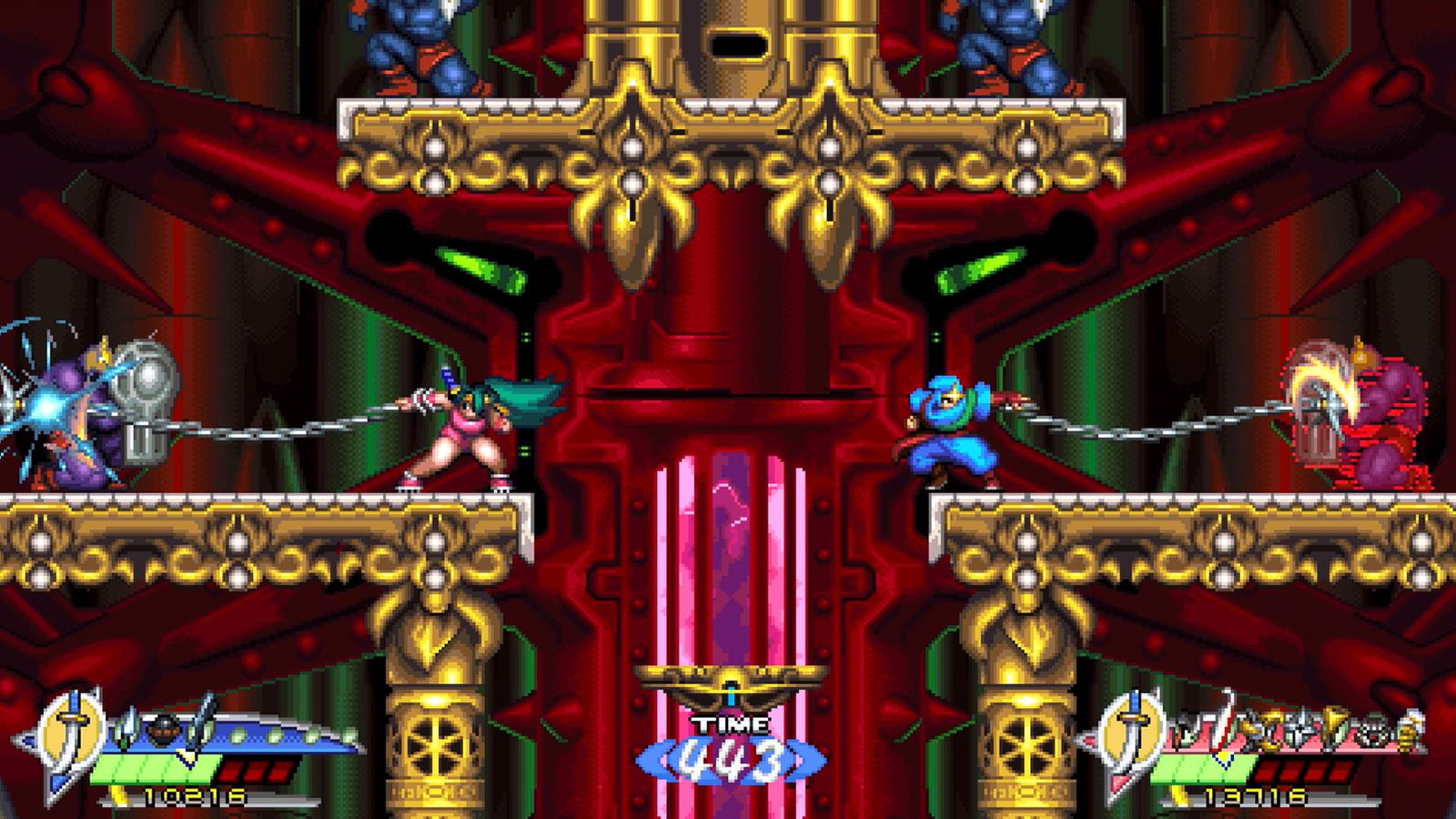
Just as Reborn expands the movement mechanics and arsenal available to its heroic ninja twosome, it introduces far superior level layouts for them to operate within. There are six levels in total, with several checkpoints apiece, filled with swarming enemies, hazards, and platforming trials. Apart from the fourth level, which is brand new, each stage is a recreation from the original. However, the stages here are far denser and more complex, and require additional technical precision. Open, empty spaces from the NES days are replaced with new enemies, barriers, or platforms. Enemies of similar size and shape now appear in very different forms: underwater ninja are now amphibious hybrid creatures, bipedal cyborgs are now 20-foot tall mechs carrying canoe-sized plasma rifles, and so on. Even the bosses have been touched up. The tank boss at the end of stage two has an additional segment, and the stage six boss has a new final form.
Speaking of bosses, they're fairly good in Reborn. Things start off strong, with a robotic arachnid boss at the end of stage one and a screen-filling armored tank at the culmination of stage two, but then they start to fall off in terms of creativity and excitement. The humanoid bosses seem to fare the worst. Overall, boss battles don't quite match the quality of the tricky levels that precede them.
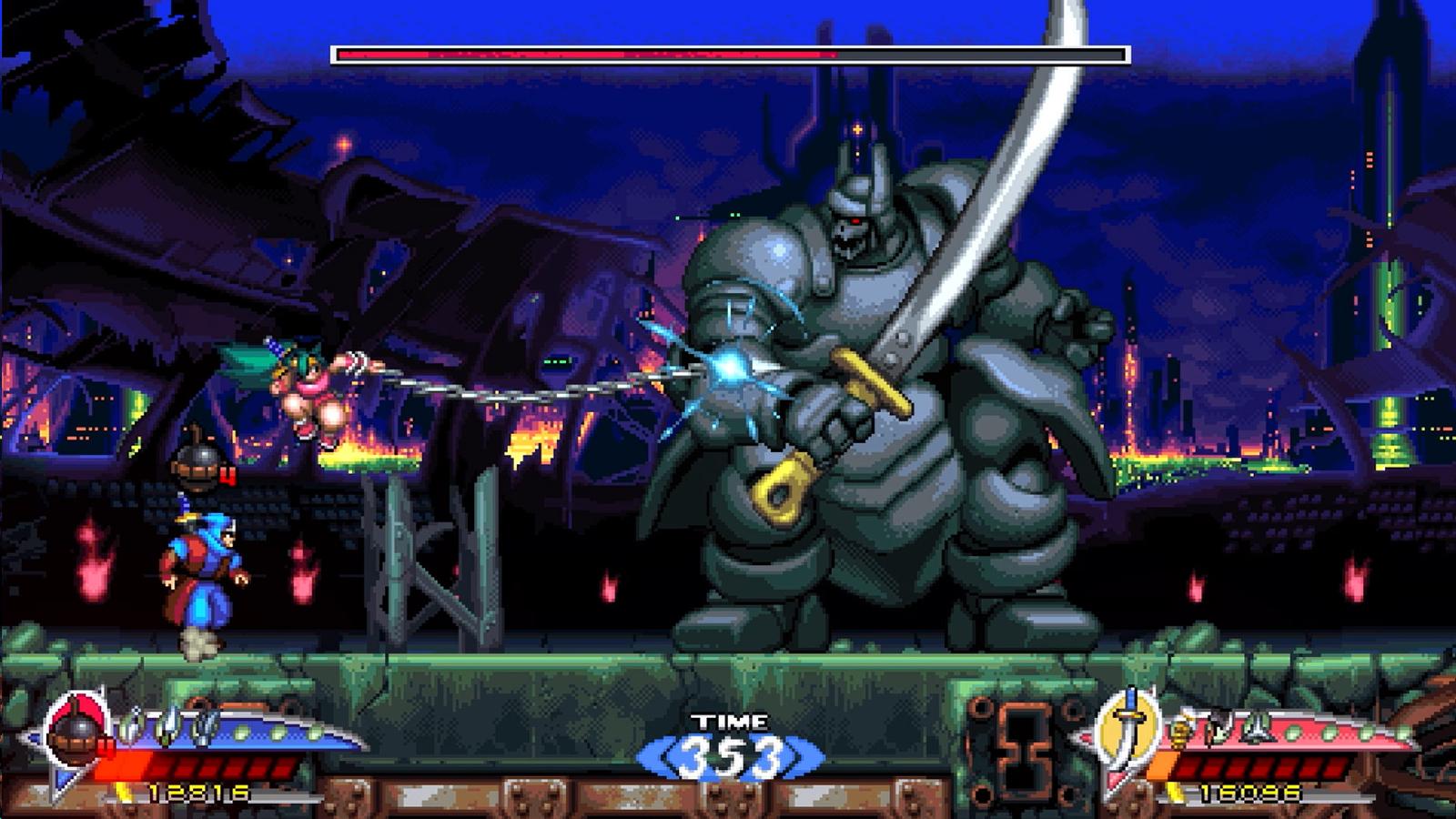
Even if a specific boss battle doesn't thrill you, the artistry surrounding it will. Reborn is not only a huge graphical upgrade over the NES version, but, thanks to sumptuous sprite work, detailed models and animations, stunning backgrounds, and eye-catching special effects, it's one of the best-looking retro-inspired action-platformers in recent memory. It's just stunning. And it only gets better when the rousing soundtrack, scored by Hiroshi Iwatsuki and Iku Mizutani, is layered on top. Heavy on electric guitar and featuring driving beats, it's a perfect complement to the vengeance and chaos on screen.
While Reborn excels in art and music, it falls behind in terms of content. There are only six levels in the game, each of which should take roughly 30-45 minutes at the standard difficulty, when you factor in continues and restarts. Now, there are ways to extend the playing time: you can journey through the game in hard mode, to truly push yourself; you can complete the campaign with a friend in local co-op; or you can try the Time Attack mode for each stage, and post your best times to an online leaderboard. Still, the core experience is fleeting.

Perhaps unsurprisingly, the thing that extends the game's running time the most is its steep difficulty. This is a remake of a "Nintendo hard" game, and thus it carries with it that late 80s/early 90s swagger. That said, even though there are a handful of frustrating difficulty spikes — here's looking at you, level five — the game finds a way to encourage you forward even as it punishes you for failure. With enough patience and determination, you will beat the game, at least on the normal difficulty. Whether you can do so with no continues is another story.
Shadow of the Ninja will never be as popular as its contemporary Ninja Gaiden, but perhaps this artful, respectful remake will help it gain a little more traction. It takes what was effective and inventive about the original — weapon upgrades, vertical level design, and local multiplayer — and enhances it significantly with new moves, additional weapons, more complex level designs, and lavish sprite work. Only a few small faults keep it from greatness: a cumbersome weapon-swapping system; a couple of uninspired boss battles; a short running time; and a difficulty spike here and there.
VGChartz Verdict
7
Good
This review is based on a digital copy of Shadow of the Ninja - Reborn for the PS5, provided by the publisher.











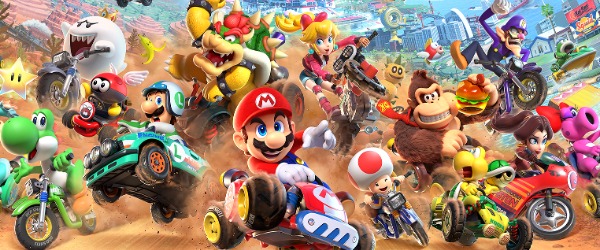












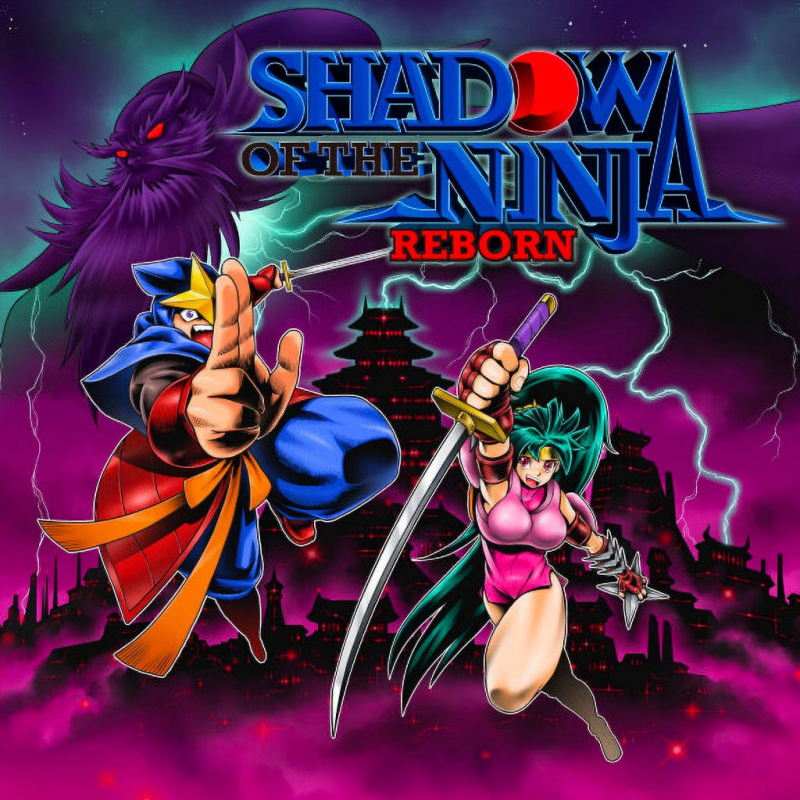



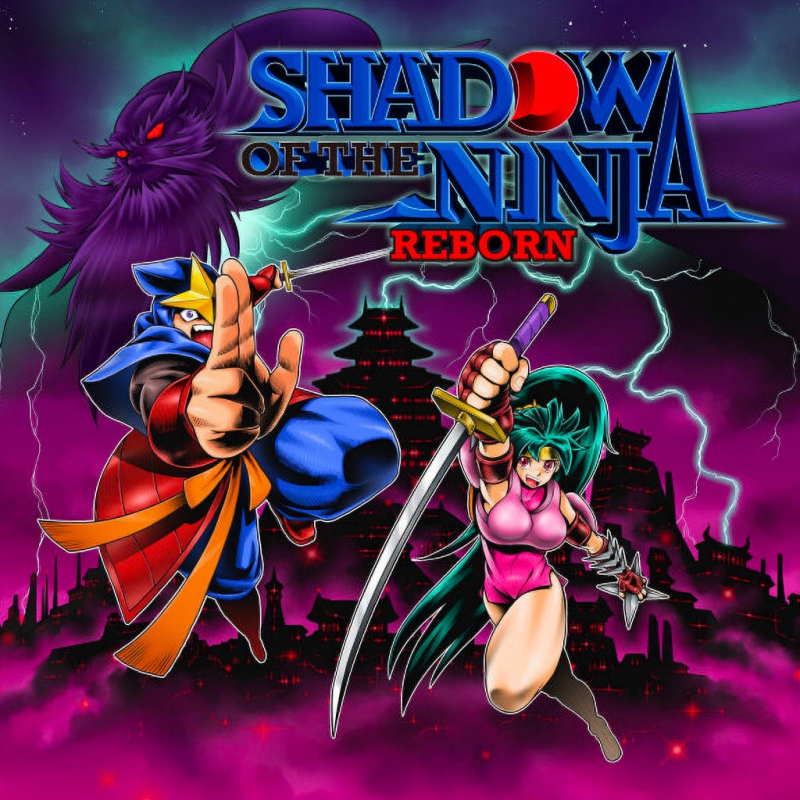

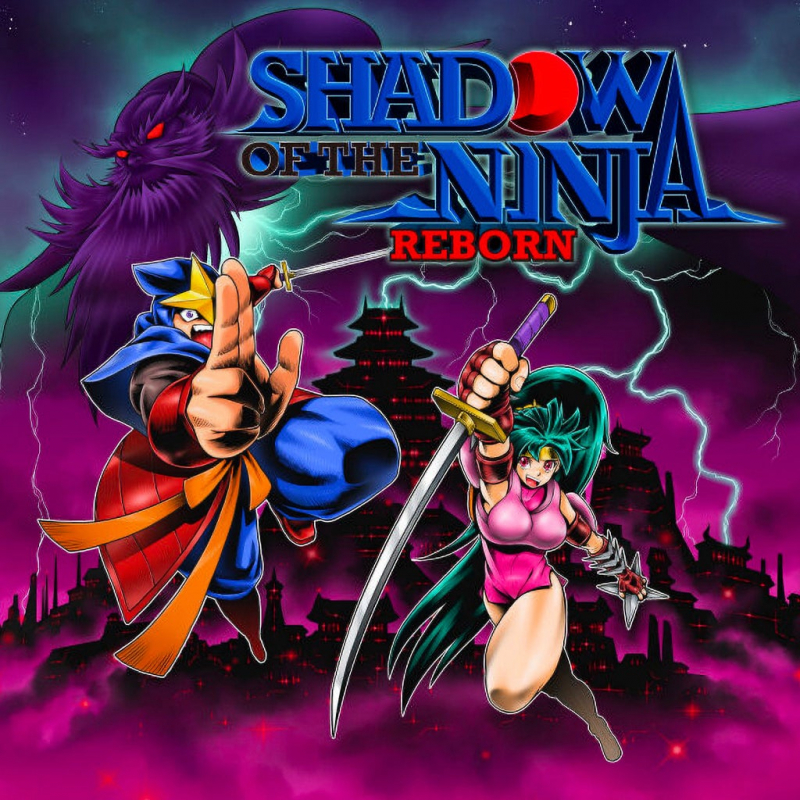

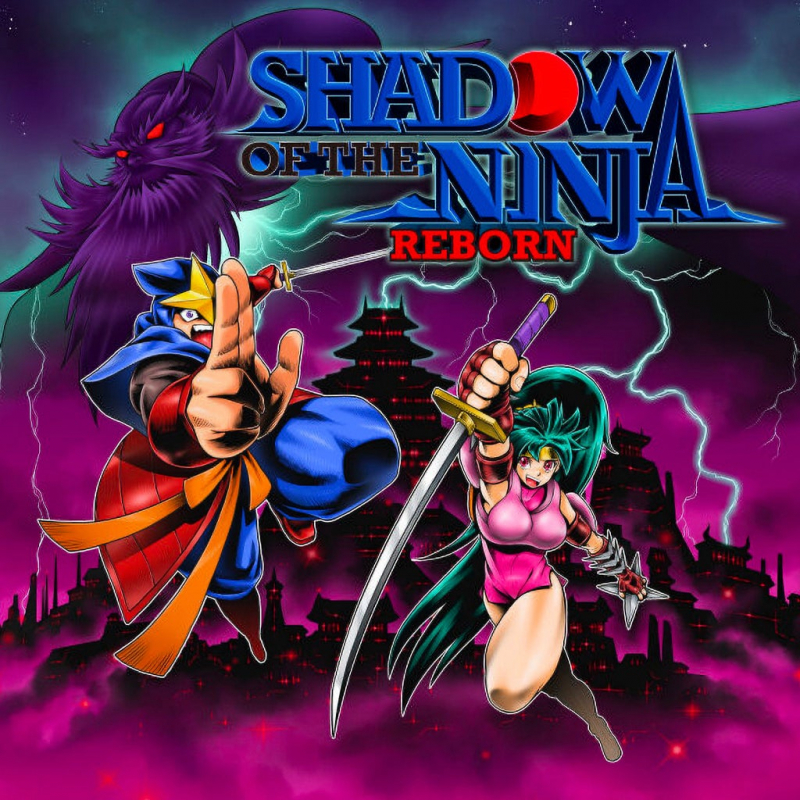

 Essay Pro
Essay Pro